Kheer Bhawani Temple : A Sacred Sanctuary of Divine Reverence
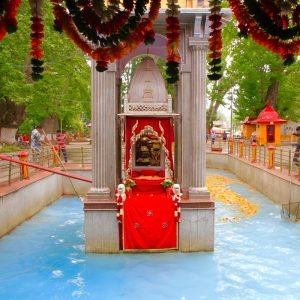
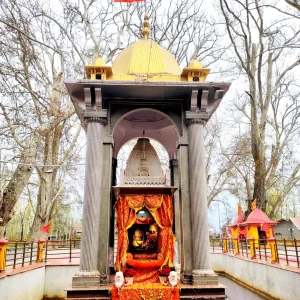
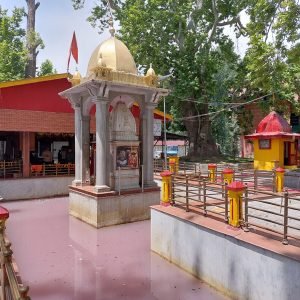
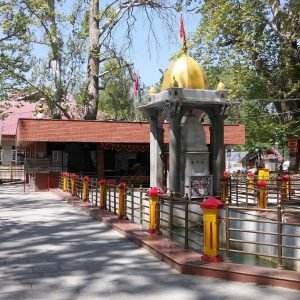
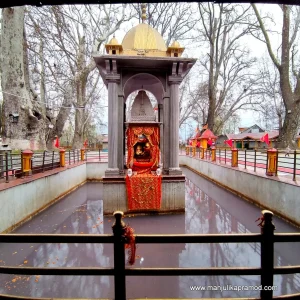
Table of Contents
Toggle1. Introduction
This Kheer Bhawani Temple is one of the most revered Hindu shrines, holding special importance among the devotees and specially those who belong to the Kashmiri Pandit community. Dedicated to Goddess Ragnya Devi, which is an incarnation of the great Hindu goddess Durga, it lies peacefully amidst breathtaking beauty in the village of Tulmulla, Ganderbal district, about 24 kilometers from Srinagar.
This is not only a place of faith but also the symbol of Kashmir’s spiritual and cultural heritage. This guide will look into the historical, spiritual, and cultural importance of Kheer Bhawani Temple, into its interesting traditions and architecture, and the role that this temple carries in the hearts of millions of devotees.
2. History of Kheer Bhawani Temple
The Kheer Bhawani Temple has the background of myths and legends. According to the mythology, Goddess Ragnya Devi, after being prayed for by Ravana, the king of Lanka, in Ramayana, appeared here but due to evil deeds of Ravana, she left Lanka and finally came to the kingdom of Kashmir, where purity and serenity reign.
The history of the temple is even more delineated in the Rajatarangini, Kashmir’s historic chronicle written by the 12th-century scholar Kalhana. In it, he has mentioned that this place was sacred. The temple as it stands today was rebuilt and renovated by Maharaja Pratap Singh at the end of the 19th century during the Dogra reign, and further contributions were made by Maharaja Hari Singh.
3. Spiritual Significance
The presiding deity of Kheer Bhawani Temple is the goddess Ragnya who embodies the divine feminine force and, therefore, forms one of the fiercest types of worship. The term “Kheer Bhawani” is derived from kheer being a sweet rice pudding that was traditionally offered to the goddess, which forms an integral part of the worship proceedings.
The believers consider that the divine power of the goddess is situated in the sacred spring in the temple where its color changes and is considered an essential omen. The color changes in spring water reported were red, green, even black, such changes were considered the changes in bad omen and discontent by goddess or warnings for calamities. Such remarks have been noted historically during periods of social tumult or political disturbance in the region.
4. Architecture and Layout
The architecture of the temple depicts simplicity but radiates spiritual grandeur. The temple complex itself is settled in a chinar grove and enhances the serene and mystical ambiance around it. The sacred spring forms the heart of the temple and is surrounded by a hexagonal marble platform where devotees gather to perform their rituals.
The temple structure itself is built on a plinth amidst the spring. This temple design is a small sanctum to hold the idol of Goddess Ragnya Devi, sitting in a meditative position. This art form underlines the originality of traditional Kashmiri designs with wooden ceilings and sloping roofs, conveying a fine blend of religious and regional design sensibilities. Though intricacies in carvings or grandeur in features characterize the structure less, its location with spiritual surroundings make it an epitome of peace and devotion.
5. The Annual Festival: Mela Kheer Bhawani
Perhaps the most significant event connected with the temple is the annual festival of Mela Kheer Bhawani, celebrated on the Zyeshta Ashtami during May or June. The festival assumes great significance for the Kashmiri Pandits, as several of them make it a point to travel long distances to pay their respects to the goddess. Thousands of devotees assemble at the temple on this propitious day to offer prayers and kheer and ask for prosperity and well-being.
The whole temple complex comes alive on the festival day, seeing devotees chant hymns, lighting lamps and offering flowers and milk to the sacred spring. Sadhus and religious leaders add a spiritual fervor to the festival through elaborate rituals and prayers. Communal harmony pervades the air as diverse religions come together on the platform to celebrate the divine.
6. Cultural and Religious Significance to Kashmiri Pandits
Kheer Bhawani Temple occupies an exclusive place in the cultural identity of Kashmiri Pandits. It has been the spiritual center of the community for over a thousand years, symbolizing their deep bonding with the land and the religious heritage. Even during the exodus of Kashmiri Pandits during the turbulent years of the 1990s, many continue to visit the temple as a mark of their unbroken bond with Kashmir.
The temple is of much more value to Pandit community rather than religious activities. It gives testimony to their survival against displacement and hardship of their cultural and religion-foundation.
The pilgrimage for the visiting Kashmiri Pandits is of nostalgia as well as joy, and at the same time, leaves one in awe of nature and spirituality, rediscovering one’s roots and homeland with which people were dislodged long ago.
7. The Holy Spring: Representation and Analysis
One of the interesting features regarding Kheer Bhawani Temple is the sacred spring. It is believed that this water spring is the goddess in herself. In fact, according to them, if they see something in the color of the water then they get an idea about her mood. Generally, this water is seen to be crystal clear, as they say she is pleased and quite peaceful in her mind. Still, when disaster loomed, the spring turned black indicating goddess’s displeasure or bad omen.
Historically, these color changes have helped give utterances to the significant political and social events of Kashmir. For instance, the darkening of the spring is said to foretell the tumultuous period of the 1990s in which the valley witnessed unrest and violence in its full intensity. As the goddess was believed to have direct involvement with the region, so there has been a mythical layer attached to the importance of the temple, thus it is not just a feature, but an oracular like work from heaven.
8. Pilgrimage and Devotion
A Kheer Bhawani Temple pilgrimage is sacred for Hindus, particularly Kashmiri Hindus. The devotees believe that a visit to the temple and offering prayers before Goddess Ragnya Devi will clean away all the sins, usher prosperity, happiness, and fulfillment of the spirit. The temple’s atmosphere presents an ideal ambiance for meditation and becoming one with the divine for the pilgrims.
The most common form of worship is offering kheer, milk, and flowers to the goddess while lighting lamps all around the sacred spring. Many devotees bring coconuts, fruits, and other offerings along with them and after the rituals, these are distributed among the poor. Offering kheer is a simple yet symbolic food as it symbolizes purity, nourishment, and devotion. It is believed that the goddess favors this offering, whereas the sharing of the prasad reinforces communal bonds among the devotees.
9. The Modern Kashmir Status
This temple remains a central place of religious activity in the region, while the Kashmiri Pandits face some of the severe challenges they have experienced. It is said that, since years, government bodies and religious institutions took special endeavors to restore the temple back to its glorious past and then to continue maintaining it so that it might remain accessible to all devotees. Developing the infrastructure around the temple has been an endeavor of the government of Jammu and Kashmir, so that pilgrims may find it easy to visit there more so during the annual Mela Kheer Bhawani.
The temple is also a symbol of the pluralistic and diverse heritage of Kashmir. Although a Hindu temple, people of all faiths have long frequented the shrine, reflecting a very historic tradition of religious tolerance and cultural syncretism in the region. This respect and reverence for sacred sites cut across faiths and holds out the possibility of peace and concord in the region.
10. The Temple in Literature and Popular Culture
The saintliness of Kheer Bhawani Temple has been well and truly accounted for through several historical, folk, and modern literatures. At that time, Kalhana’s Rajatarangini had described the temple as an important place of worship. Poets and writers for centuries had sung the praises of Goddess Ragnya Devi. The eternal serenity and spiritual air have inspired numerous contemporary litterateurs and filmmakers to encapsulate it in various forms of art.
11. Conclusion
In a world in which divide dominates, this temple offers a space for reflection, devotion, and the possibility of unity in the midst of diversity. For the devotees, this is neither merely a religious duty to make a visit to Kheer Bhawani Temple nor just a personal and transforming experience in reaffirming their life bond with God and with the land and community. The temple remains a strong representative of faith, resilience, and hope for the brighter days ahead of not just Kashmir and its people but, indeed, humankind.
How to book a trip to Kheer Bhawani Temple, India with Charzan Holidays?
For a seamless and exceptional booking experience, contact Charzan Holidays at reservations@charzan.in or call us at +919622224473
People ask FAQ's
1. What is the story behind Kheer Bhawani Temple?
The Kheer Bhawani Temple in Kashmir is a temple dedicated to the Hindu goddess Ragnya Devi, a form of Maa Durga. According to its legend, it was a goddess Lord Rama used to worship during his exile. After the exile was over, Ragnya Devi ordered Hanuman to shift her shrine to Kashmir. This spring at the temple has the facility of offering kheer (rice pudding) for the devotees and changes colour for some divine omens.
2. Which district is Kheer Bhawani Temple in?
Kheer Bhawani Temple is located in Ganderbal district, Jammu and Kashmir, India. This temple, dedicated to the Hindu goddess Ragnya Devi, is located in Tulmulla village, which falls within 25 kilometers from Srinagar. It is one of the most revered religious sites among the Kashmiri Pandits and has attracted thousands of devotees, especially for the annual Mela Kheer Bhawani festival.
3. Who is the goddess of Kheer Bhawani?
The goddess worshiped is Maharagya Devi called Ragnya Devi in this community, a form of Durga or Parvati, the Hindu goddess. She is to be worshipped by Kashmiri Pandits in the famous temple of Kheer Bhawani at Tulmulla, Kashmir. Maharagya Devi is symbolic of protection, strength, benevolence and the temple is named after the offering of kheer, rice pudding.
4. In which state Kheer Bhawani festival is celebrated?
This is one of the festivals celebrated in the UT of Jammu and Kashmir, India. It is performed at the Kheer Bhawani Temple, located in Tulmulla, near Srinagar. It is performed by Kashmiri Pandits for worshipping the Hindu goddess Ragnya Devi. People offer milk and kheer to achieve her’s blessings and protection.
Frequently Asked Questions
1. What is Kheer Bhawani Temple? |
| Kheer Bhawani Temple is a revered Hindu shrine dedicated to Goddess Ragnya Devi, located in Tula Mula, near Srinagar in Jammu and Kashmir. |
2. Why is Kheer Bhawani Temple significant? |
| The temple holds great spiritual significance for Hindus, especially Kashmiri Pandits, and is associated with various legends. It is believed to be a site where the goddess bestows blessings and protection. |
3. How do I reach Kheer Bhawani Temple? |
| The temple is approximately 27 kilometers from Srinagar. You can reach it by hiring a taxi or taking a bus from Srinagar. |
4. What is the best time to visit Kheer Bhawani Temple? |
| The temple is open year-round, but the best time to visit is during the annual festival of Zyesht Ashtami, which usually falls in May or June. |
5. What are the temple’s main features? |
| The temple features a beautiful spring, a sacred water tank that changes colors, and intricately carved architecture. The temple complex is surrounded by lush gardens. |
6. Are there any dress codes for visiting the temple? |
| Visitors are advised to dress modestly and respectfully when entering the temple. Traditional attire is appreciated. |
7. Is there an entry fee for the temple? |
| No, there is no entry fee to visit Kheer Bhawani Temple. Donations are welcome but not mandatory. |
8. Can I offer prayers or perform rituals at the temple? |
| Yes, devotees can offer prayers and perform rituals at the temple. Many come to seek the blessings of the goddess. |
9. Are there any facilities available for visitors? |
| Basic facilities are available, including restrooms and spaces for seating. However, amenities may be limited, so plan accordingly. |
10. Is Kheer Bhawani Temple safe for tourists? |
| Yes, Kheer Bhawani Temple is generally safe for tourists. However, it’s advisable to follow local guidelines and be aware of your surroundings. |
11. Can I take photographs inside the temple? |
| Photography policies may vary, but it’s best to ask for permission before taking pictures inside the temple complex. |
12. What local cuisine can I try near Kheer Bhawani Temple? |
| There are local eateries and shops nearby where you can try traditional Kashmiri cuisine, including Rogan Josh, Yakhni, and various breads. |
13. Are there accommodations nearby? |
| Yes, there are several accommodation options in Srinagar, including hotels and guesthouses, which are a short drive away from the temple. |
14. What should I be aware of before visiting? |
| It’s advisable to check local travel advisories, dress appropriately, and be respectful of the temple’s customs and traditions. |
15. What is the local currency used in the area? |
| The local currency is the Indian Rupee (INR). ATMs are available in Srinagar, but it’s good to carry cash for smaller purchases. |


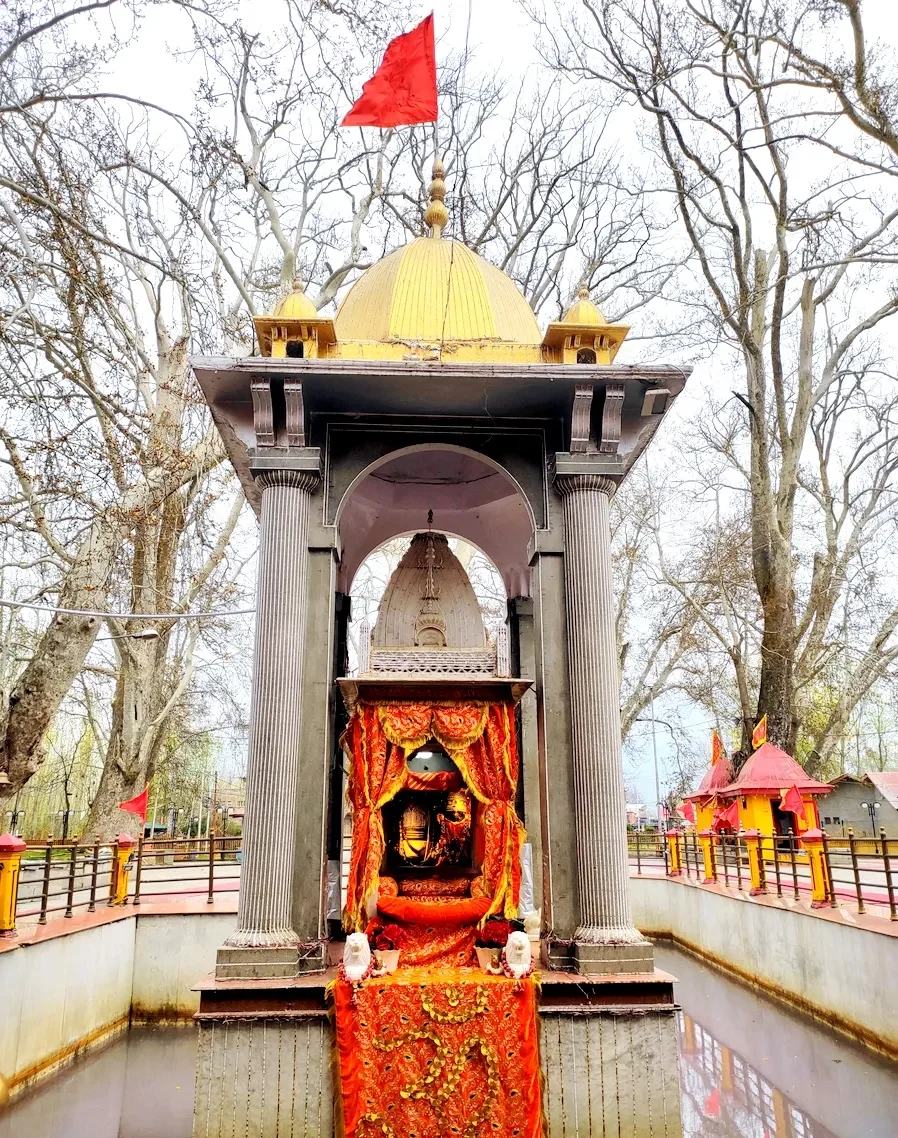
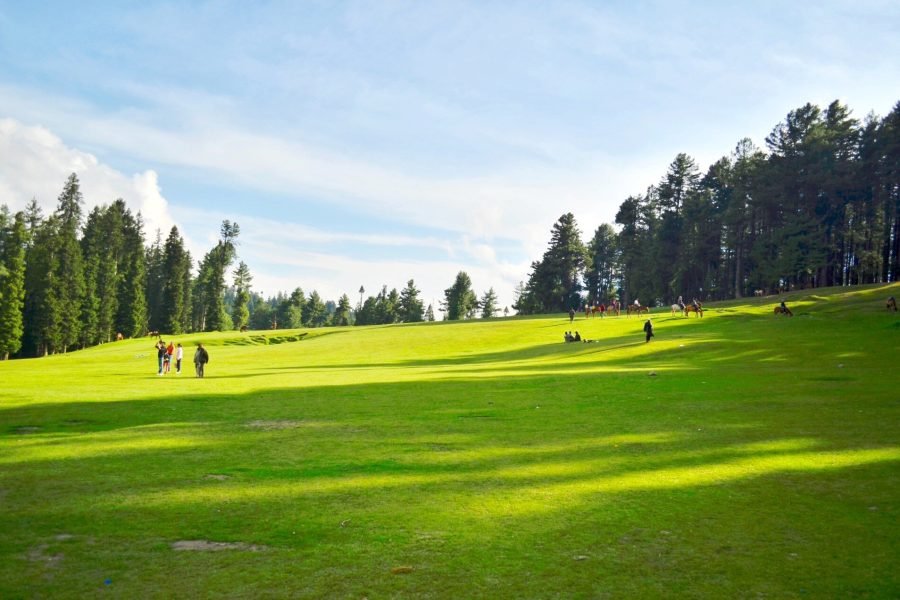
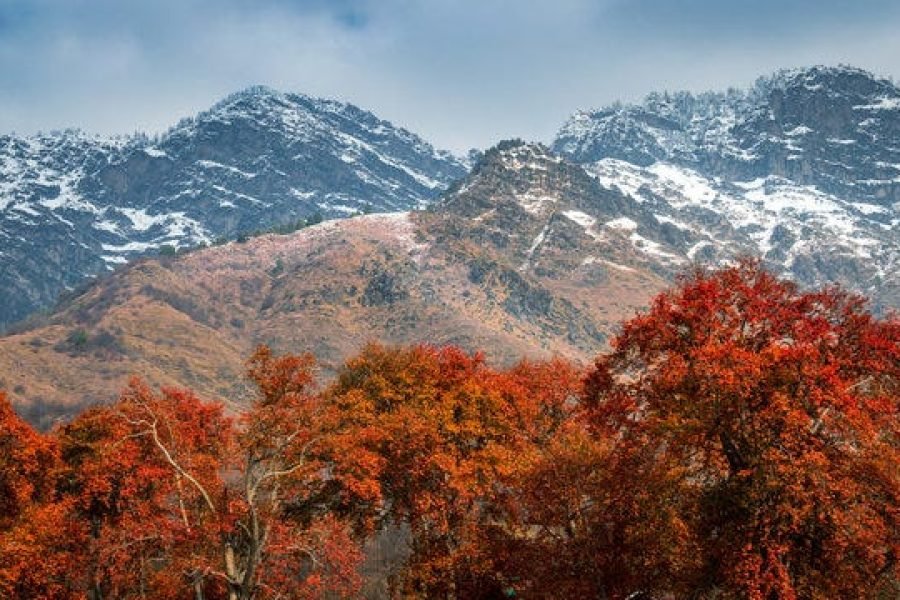
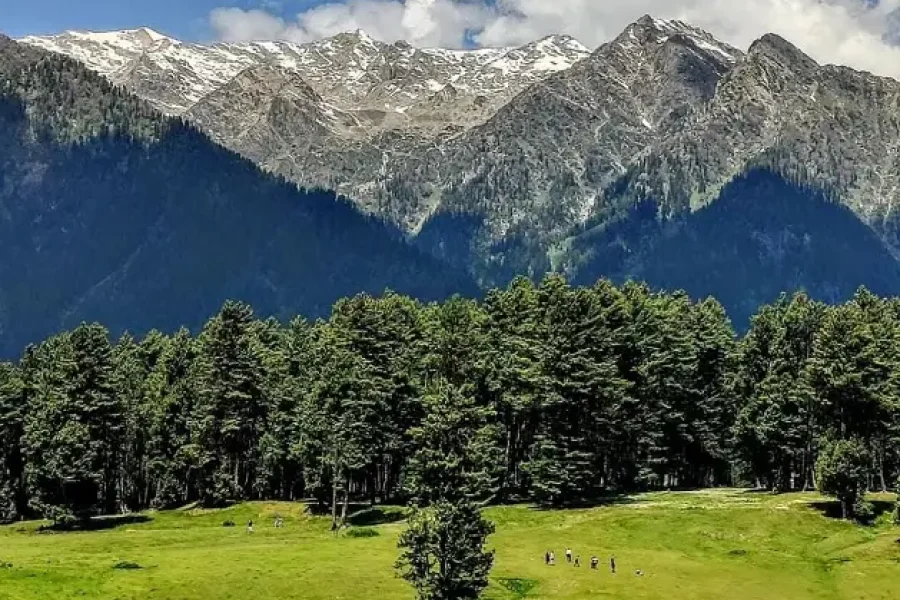
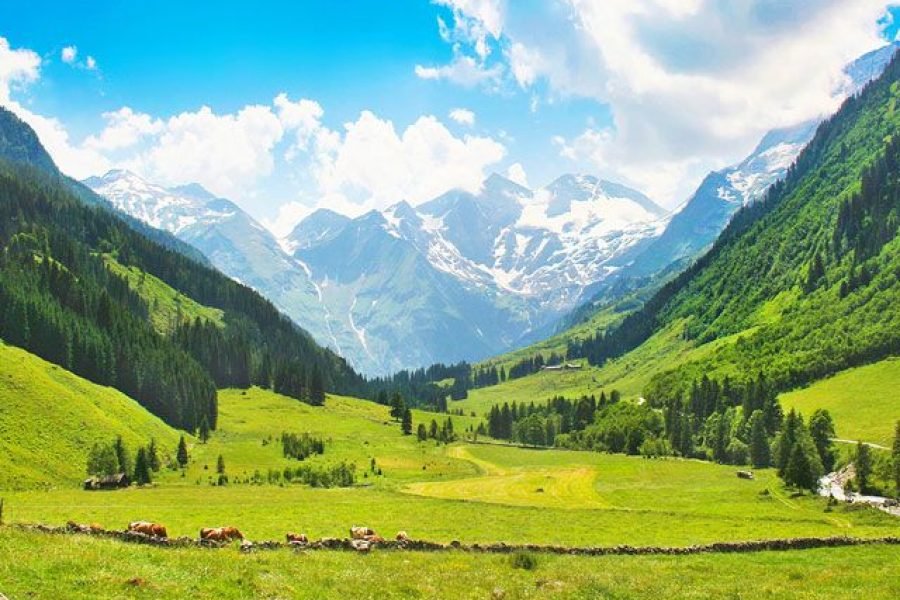
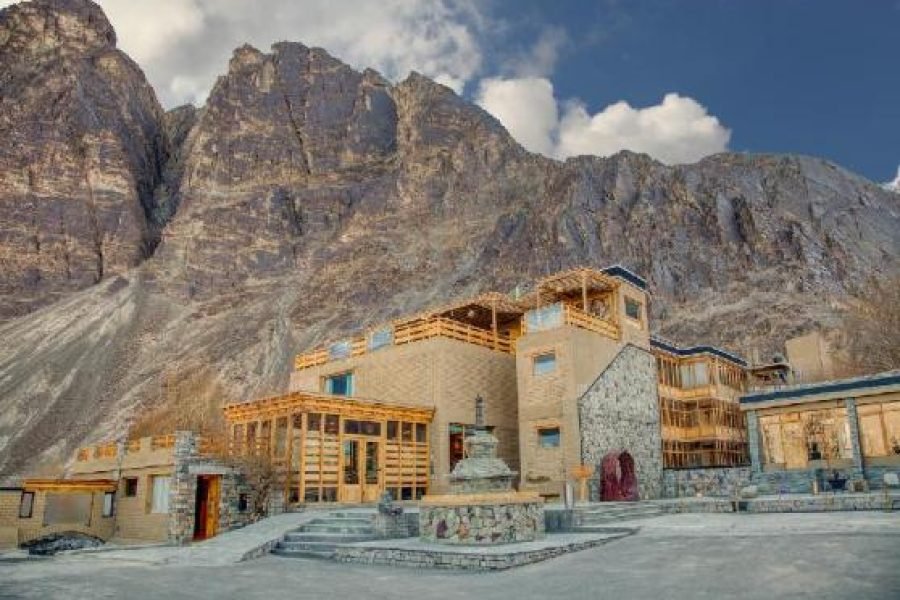

0 Comment